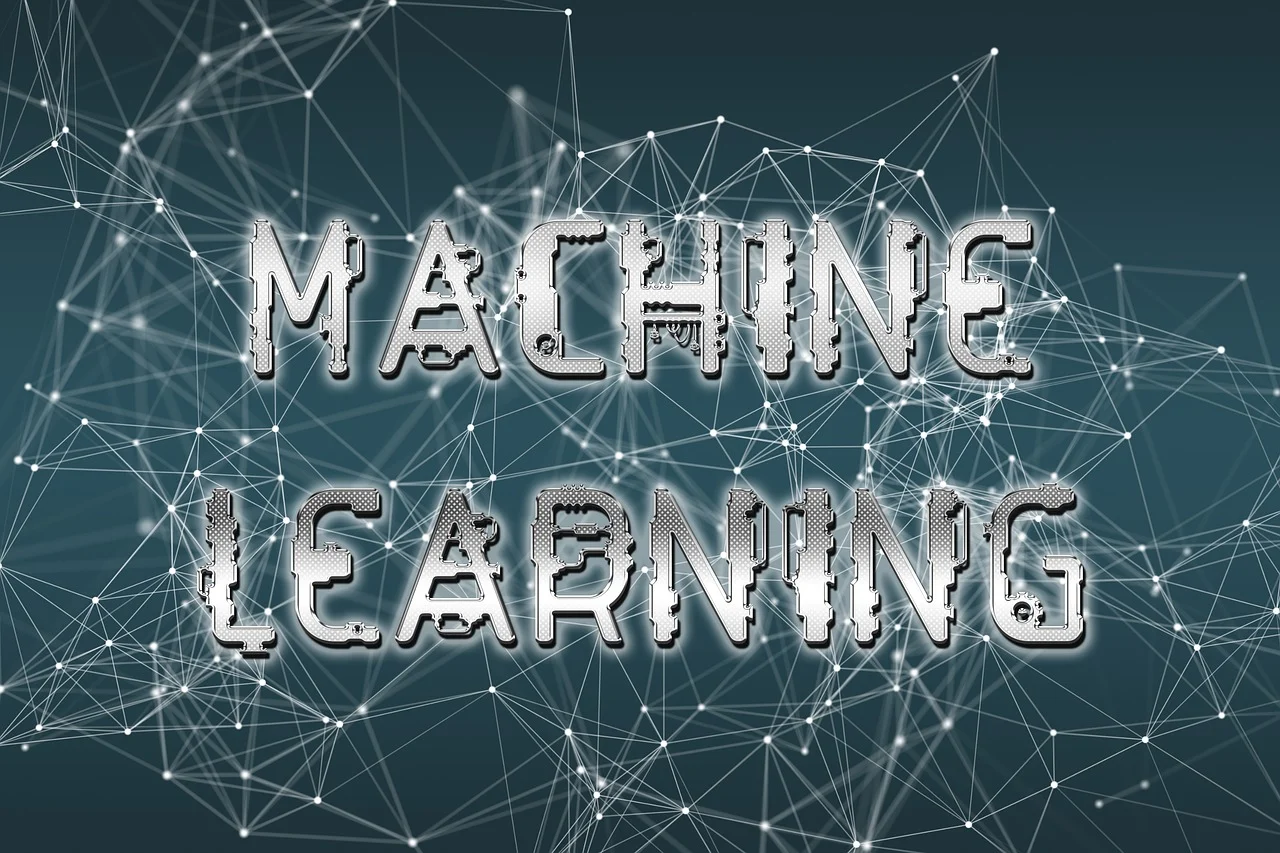Implementing Machine Learning for Intelligent Web Data Extraction
 Victor Uzoagba
Victor Uzoagba
Introduction
In today’s digital age, the web is a massive repository of data. However, extracting meaningful and structured data from the web is a challenge due to the diversity of websites, unstructured content, and the constantly evolving web landscape. Traditional web scraping techniques often rely on predefined rules or regular expressions, which are rigid and can break when websites update their structure. This is where machine learning (ML) comes in, offering a more intelligent, adaptable, and scalable solution for web data extraction.
Machine learning can learn patterns from the data itself, meaning it can adapt to changes in website structure and make more informed decisions about what data to extract. This article explain how machine learning can be leveraged for intelligent web data extraction, covering the prerequisites, key concepts, challenges, and practical steps for implementation.
Prerequisites
Before diving into implementing machine learning for web data extraction, there are several prerequisites in terms of both knowledge and tools.
Technical Knowledge:
A solid understanding of machine learning concepts, such as supervised and unsupervised learning, is essential.
Familiarity with web scraping techniques and tools like BeautifulSoup, Scrapy, or Selenium is also crucial.
Proficiency in Python programming, as most of the popular tools and libraries for both machine learning and web scraping are Python-based.
Libraries and Tools:
Python Libraries: You will need libraries like Numpy, Pandas, and Scikit-learn for data manipulation and machine learning tasks. If working with deep learning models, TensorFlow or PyTorch is recommended.
Web Scraping Tools: BeautifulSoup and Scrapy for scraping static websites, and Selenium for handling dynamic content rendered by JavaScript.
Development Environment: Google Colab, Jupyter Notebook, or a local Python setup with the required libraries installed.
Datasets: You need access to publicly available web data or domain-specific datasets for training your machine learning models. Many projects start by scraping existing data to create an initial dataset.
Machine Learning Concepts for Web Data Extraction
Machine learning offers various methods to tackle the complex task of web data extraction. These methods can be broadly categorized into supervised learning and unsupervised learning, depending on whether labeled data is available.
Supervised Learning: Supervised learning is useful when you have labeled data to train your model. For instance, you can create a dataset where each example contains a web page element and a label indicating what type of data it represents (e.g., product name, price, description). Common algorithms used for this task include decision trees, support vector machines (SVM), and neural networks.
Example Use Case: Extracting product information from e-commerce websites by classifying page elements into categories such as "title," "price," or "image."
Unsupervised Learning: In cases where labeled data is unavailable, unsupervised learning techniques like clustering can help identify patterns or group similar data points. These techniques are particularly useful when extracting similar types of content from diverse websites, where the underlying structure may vary.
Example Use Case: Grouping similar articles from news websites by analyzing their textual features.
Natural Language Processing (NLP): Web pages often contain large amounts of text that need to be parsed and understood. NLP techniques such as tokenization, named entity recognition (NER), and sentiment analysis are used to extract meaningful text data from web pages. For example, NLP can be used to extract user reviews from an e-commerce site and determine the sentiment of the reviews (positive, negative, or neutral).
Key Steps to Implement Machine Learning for Data Extraction
1. Data Collection
The first step is collecting the data you need to train your machine learning model. This can be done using traditional web scraping tools like BeautifulSoup or Scrapy. Focus on collecting a representative sample of data from the target websites, ensuring it contains diverse content types that will train your model effectively.
2. Data Preprocessing
Once the raw data is collected, it must be cleaned and preprocessed. This step typically involves:
Cleaning HTML tags and irrelevant content.
Feature extraction, such as identifying the most relevant attributes (e.g., text, images, hyperlinks).
Data transformation, including converting the content into a format that a machine learning model can understand (e.g., numerical or categorical features).
3. Training the Machine Learning Model
Next, train your machine learning model. If you’re using supervised learning, you'll need to label the dataset, annotating which parts of the web pages correspond to the target information. Algorithms like decision trees, random forests, or neural networks can be used, depending on the complexity of the task. Cross-validation techniques are used to ensure that your model generalizes well to unseen data.
4. Model Evaluation
After training, evaluate the model using metrics such as accuracy, precision, recall, and F1-score. These metrics provide insight into how well the model is performing and whether it correctly identifies the relevant web data. Fine-tuning hyperparameters like learning rate, tree depth, or neural network layers may help improve the performance.
5. Deploying the Model
Once the model is performing well, it can be integrated with your web scraper. The machine learning model will now automatically identify and extract the desired data from new web pages. Continuous retraining with new data may be necessary to keep the model up-to-date as websites evolve.
Challenges and Solutions
Handling Dynamic Websites
Many modern websites are built using JavaScript, which renders content dynamically. This poses a challenge for traditional web scrapers. One solution is to use Selenium or Puppeteer, headless browsers that can simulate user interactions and scrape dynamically rendered content.
Model Generalization
Models trained on one website may not perform well on others due to differences in structure. To overcome this, you can create domain-specific models or fine-tune your model on new datasets from different websites.
Scalability
Scraping large volumes of data from multiple websites can be resource-intensive. To scale web scraping tasks, consider using cloud-based solutions and parallelization techniques, such as running multiple scrapers simultaneously.
Use Cases of Machine Learning in Web Data Extraction
E-commerce: Extracting product information (e.g., name, price, images) from multiple e-commerce websites to create a comparison platform.
News Aggregation: Collecting articles from news websites and classifying them based on topics like politics, technology, or health.
Sentiment Analysis: Extracting and analyzing user reviews or social media posts to gauge public sentiment on products or services.
Financial Data: Extracting stock market data, financial reports, or economic indicators from various financial websites.
Tools and Frameworks for Implementation
Machine Learning Frameworks: Popular frameworks like TensorFlow, PyTorch, and Scikit-learn make it easy to build and deploy machine learning models.
Web Scraping Libraries: Use BeautifulSoup or Scrapy for scraping static websites and Selenium for dynamic content.
Cloud Platforms: For scaling and deploying machine learning models and web scrapers, consider using cloud platforms like Google Cloud, AWS, or Azure.
Best Practices for Intelligent Web Data Extraction
Ethical Considerations: Always respect the terms of service of websites you scrape and avoid extracting personal data without consent.
Data Privacy: Ensure that the extracted data is handled securely and complies with regulations like GDPR.
Efficient Model Training: Use techniques such as transfer learning to reduce the amount of data needed for training.
Regular Model Updates: Keep the model updated with new training data to ensure it adapts to changes in web structure.
Conclusion
Machine learning is transforming the way we approach web data extraction by making it more intelligent, adaptable, and scalable. By implementing machine learning techniques, we can overcome many challenges faced by traditional web scraping, such as handling dynamic websites and adapting to changes in web structure. As machine learning continues to evolve, its role in web data extraction will only grow, offering new possibilities for automating the collection and analysis of web data.
Key Takeaways:
Machine learning enhances web data extraction by automating pattern recognition and improving accuracy.
Key machine learning techniques include supervised learning, unsupervised learning, and NLP.
Overcoming challenges like dynamic websites and scalability requires the right tools and techniques.
The future of web data extraction is undoubtedly intelligent, powered by the continuous advancements in machine learning.
Subscribe to my newsletter
Read articles from Victor Uzoagba directly inside your inbox. Subscribe to the newsletter, and don't miss out.
Written by

Victor Uzoagba
Victor Uzoagba
I'm a seasoned technical writer specializing in Python programming. With a keen understanding of both the technical and creative aspects of technology, I write compelling and informative content that bridges the gap between complex programming concepts and readers of all levels. Passionate about coding and communication, I deliver insightful articles, tutorials, and documentation that empower developers to harness the full potential of technology.